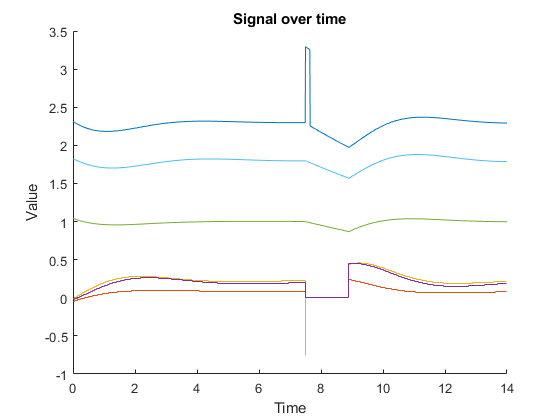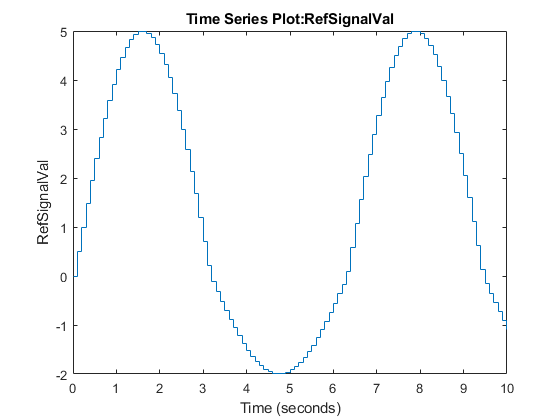Data Stores
A large model can require individual signals to route to many separate blocks in different locations in the diagram. You can configure a data store to allow access to signal data from anywhere in a model, similar to a global variable in a computer program. However, as with global variables, data stores can reduce model transparency and make model verification more difficult. To decide whether to use a data store, see Data Store Basics.
To route signals across large models, consider using Goto and From blocks instead of data stores.
Blocks
| Data Store Memory | Define data store |
| Data Store Read | Read data from data store |
| Data Store Write | Write data to data store |
Classes
Simulink.SimulationData.DataStoreMemory | Container for data store logging information |
Simulink.SimulationData.BlockPath | Fully specified Simulink block path |
Simulink.SimulationData.Dataset | Access logged simulation data or group simulation input data |
Modeling Guidelines
Topics
- Model Global Data by Creating Data Stores
Explicitly model a separate piece of global memory by creating a data store.
- Log Data Stores
Configure a data store for logging so that you can view the data stored in a simulation run.
- Data Store Basics
A data store is a repository to which you can write data, and from which you can read data, without having to connect an input or output signal directly to the data store.
- Specify Signal Ranges
Specify the minimum and maximum value that a signal can attain during simulation. Fully specify your design and optimize data types and the generated code by specifying the minimum and maximum value that a signal can attain during simulation.


